The most well-known member of the Fabaceae family of medicinal plants is licorice, technically known as Glycyrrhiza glabra. It grows as a perennial plant in temperate regions. Roots and runners from plants are the portions that are used, and they are gathered in the autumn. Licorice has been used medicinally for thousands of years in both western and eastern civilizations, and it is one of the most often used medicines in Chinese medicine. The Greek words "glykos," which means sweet, and "rhiza," which means root, were combined to create the name "Glycyrrhiza." It is grown in India, China, Spain, Iran, Russia, and Italy in addition to its native Mediterranean area. In addition to Jothi-madh and Mulaithi, other names for licorice include Licorice, Liquorices, and Sweet Wood in English and Licorice, Liquorices, and Sweet Wood in Hindi (Sanskrit).
The health of your intestines, brain, and liver are all improved by licorice root use. It is also known as the "sweet root" since it is 50 times sweeter than sugar. This root contains a variety of carbohydrates, including starch, glucose, fructose, and sucrose, as well as important minerals and bioactive substances. It has anti-inflammatory qualities and includes dietary fiber as well. These elements contribute to its extraordinary health advantages.
Table of Contents
About Licorice:
In several regions of Asia and Europe, licorice grows naturally. Licorice is a perennial with a height range of 3 to 7 feet with a deep, branching root structure. The roots are long, cylindrical (round), and straight pieces of wrinkly, fibrous wood that spread out horizontally underground. The interior of licorice roots is yellow while the exterior is brown. The plant's subterranean stems and roots are used to create licorice supplements.
Composition of Licorice
Licorice is a source of polysaccharides, simple sugars, proteins, amino acids, and mineral salts including calcium, sodium, potassium, iron, magnesium, manganese, silicon, zinc, copper, phosphorus, and selenium. Additionally, it has vitamins B1, B2, B3, B5, E, and C. starches, resins, gums, and pectins. 1
The triterpenoid saponin glycyrrhizin, which is 50 times sweeter than sucrose, is the main component in the roots.
Properties of Licorice
The following list includes licorice's characteristics.
- It could possess antimicrobial qualities.
- It could possess anti-inflammatory qualities.
- It could have expectorant (aids in sputum secretion) properties.
- It could have demulcent (alleviates itch) properties.
Health benefits of Licorice:
Stomach ulcers
Although its effectiveness as a therapy for stomach ulcers is unknown, DGL is frequently recommended. Studies have shown that DGL and antacids, along with other prescription medications, were effective in treating ulcers.
Scaly sores (Aphthous ulcers)
One small research found that canker sore sufferers who gargled with DGL diluted in warm water four times a day reported less discomfort.
Eczema
In one research, licorice gel applied to the skin assisted in reducing the itching, swelling, and redness signs and symptoms. A gel containing 2% licorice performed better than one containing 1%.
Dyspepsia (indigestion, GERD)
Iberogast or STW 5, a particular herbal remedy that contains licorice, may help reduce the symptoms of indigestion or gastroesophageal reflux illness, according to preliminary research (GERD). Peppermint and chamomile, two plants frequently used to treat indigestion, are also included in this herbal combination.
Upper respiratory illnesses (cold, cough)
Traditional remedies for cough, asthma, and sore throat include licorice. According to one research, gargling with licorice before going under the knife reduced postoperative sore throats by 50%.
Promotes weight loss
According to one research, licorice preparations may help people lose weight. For two months, 3.5 g of licorice was ingested daily by 15 persons of average weight. Before and after the therapy, body fat was measured. The participants in the trial retained more water, but licorice appeared to lower body fat mass and decrease aldosterone.
Another study discovered that a topical licorice-derived substance called glycyrrhetinic acid decreased the thickness of fat in human subjects' thighs. According to a third trial, those who consumed 900 mg of licorice flavonoid oil daily for eight weeks had decreases in their levels of body fat, weight, body mass index, and LDL cholesterol.
Helps during Menopause
According to preliminary study, licorice may help to lessen heat flashes. According to one study, licorice appears to be more effective than HRT at reducing the length of hot flashes.
Others may increase blood levels of the hormone aldosterone by routinely consuming more than 20 g of licorice per day, which can have major side effects like headache, high blood pressure, and cardiac issues. As little as 5 g per day can result in severe negative effects in patients who already have high blood pressure, heart disease, or renal disease.
Available forms:
Products containing licorice are prepared from dried, peeled, and unpeeled root. Along with liquid extracts, there are root preparations that are powdered, coarsely chopped, and used in teas, pills, and capsules. In certain licorice extracts, glycyrrhizin is absent. These extracts, sometimes referred to as deglycyrrhizinated licorice (DGL), don't appear to have the negative side effects that other licorice varieties have. DGL may be more beneficial for stomach or duodenal ulcers, according to several studies.
Precautions:
Licorice should not be consumed by those with the following conditions:
- Heart condition
- Breast, ovarian, uterine, or prostate cancer are hormone-sensitive malignancies.
- Retention of fluid
- High blood pressure (hypertension)
- Diabetes
- Kidney illness
- Liver illness
- Low potassium (hypokalemia)
- erection problems

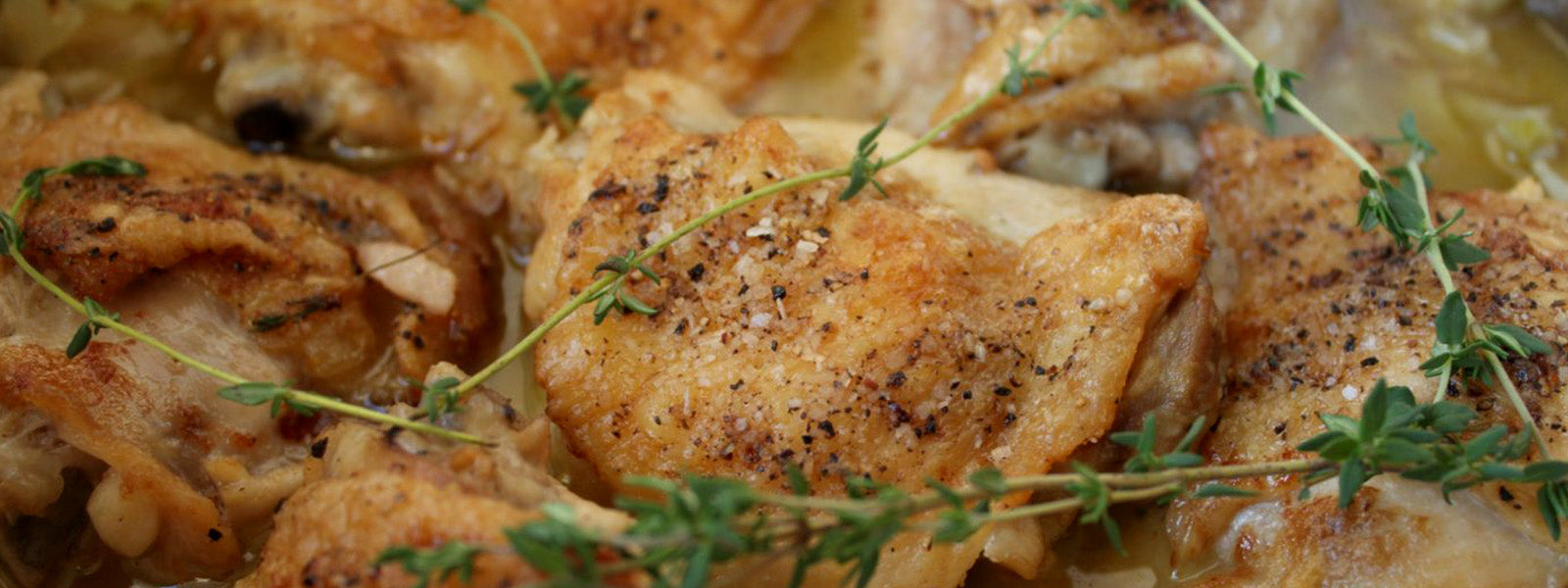
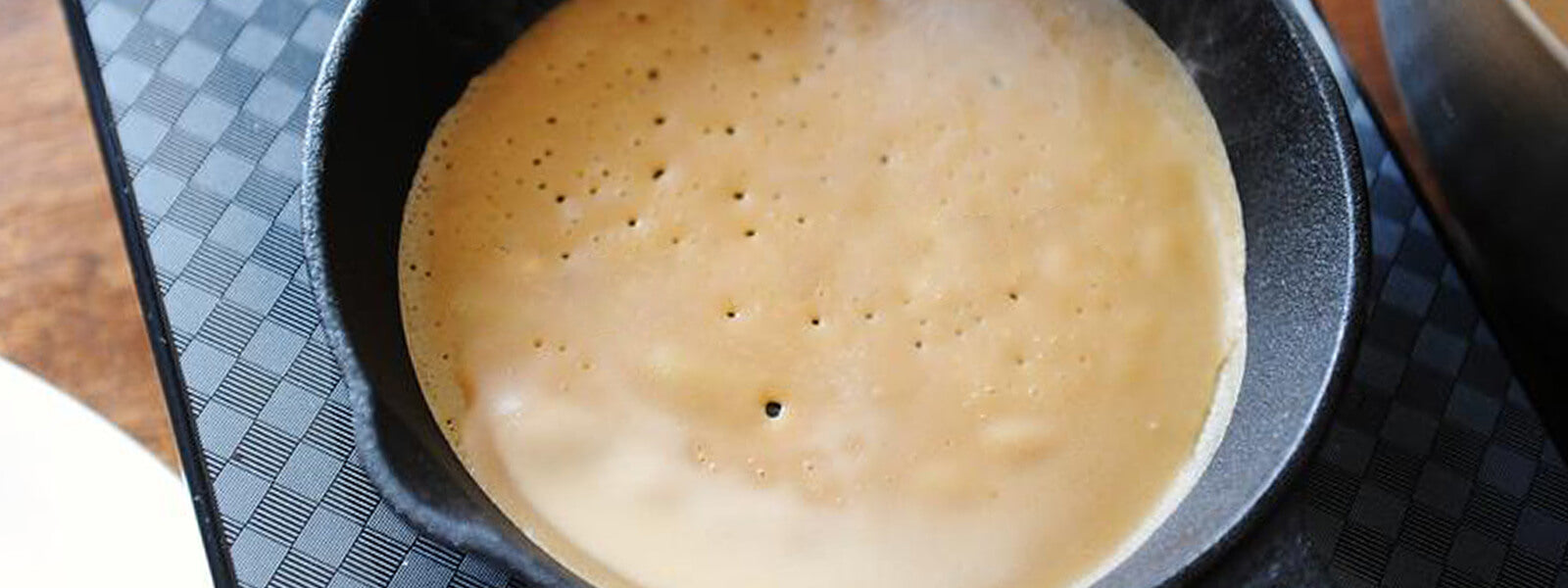
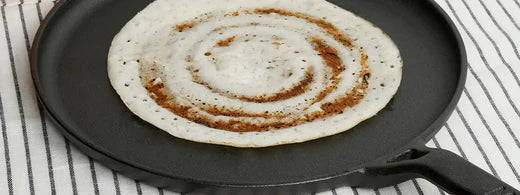

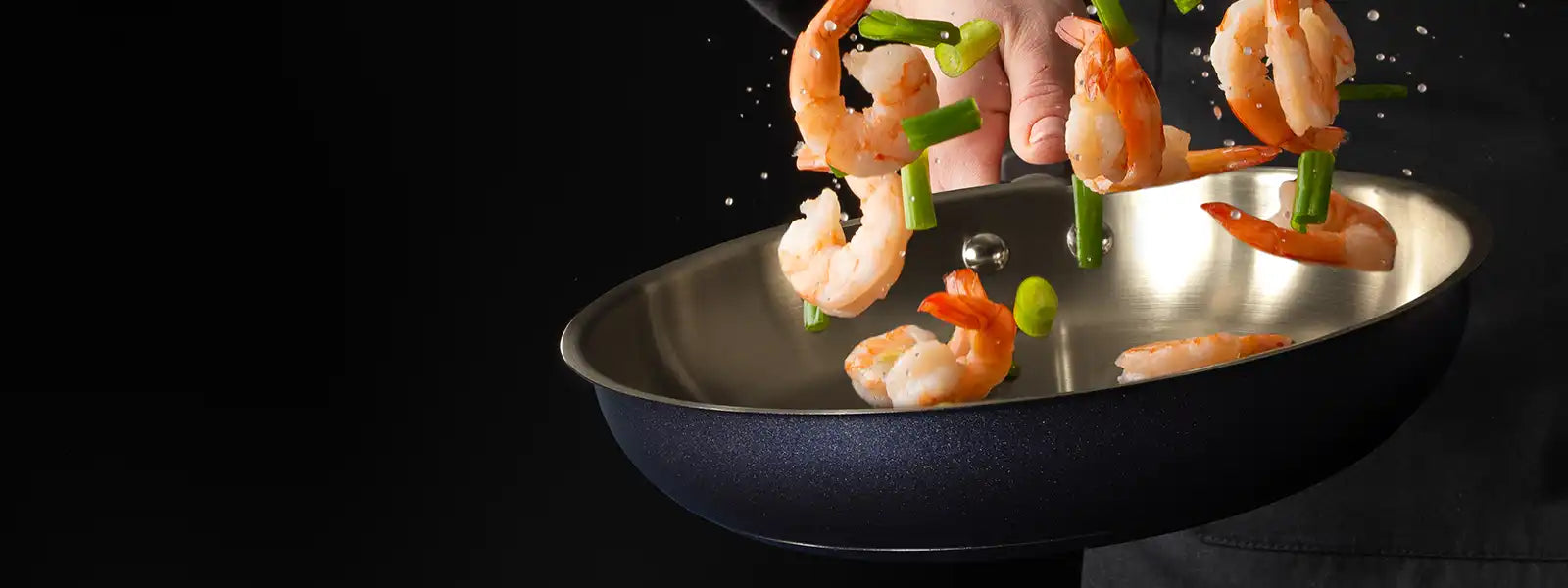
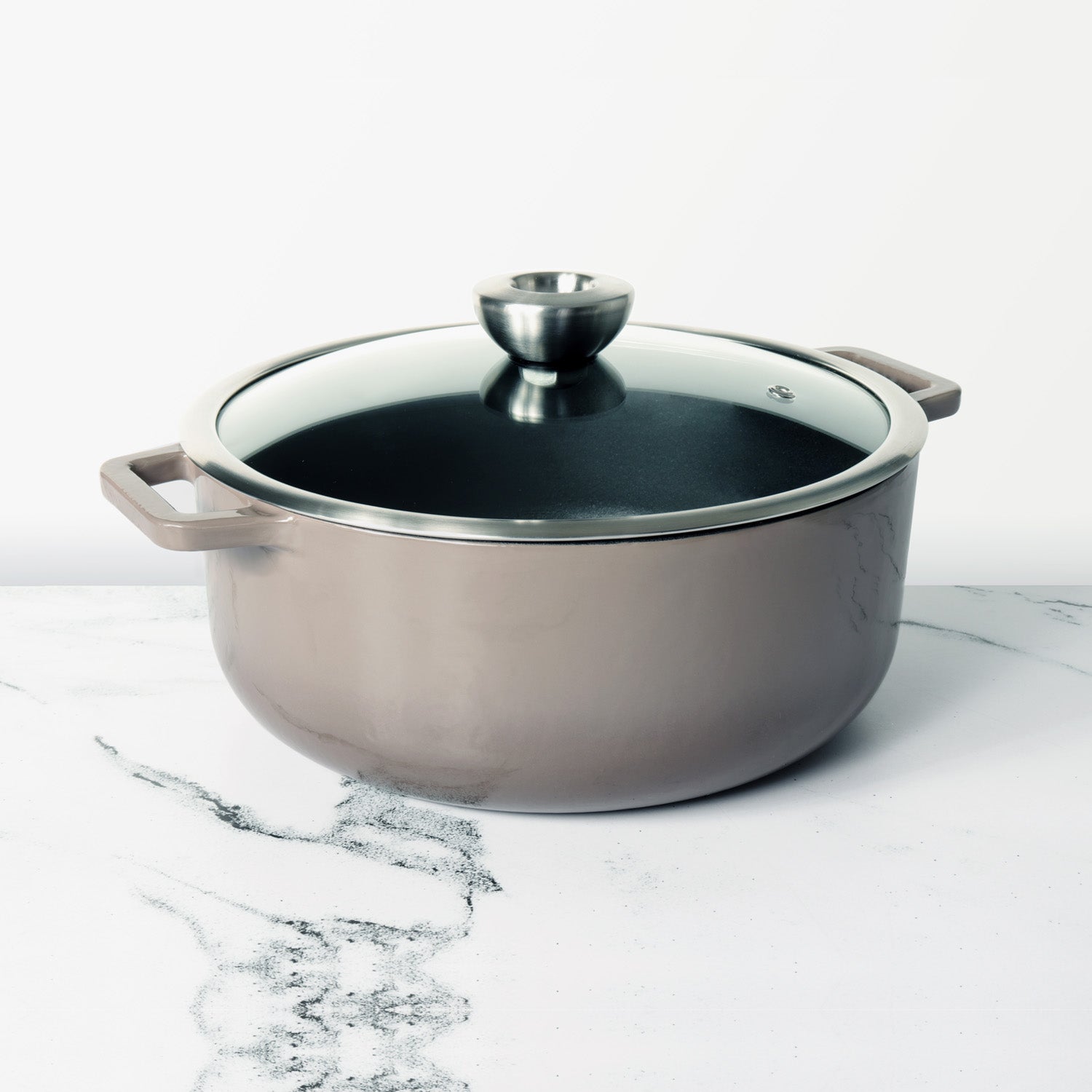
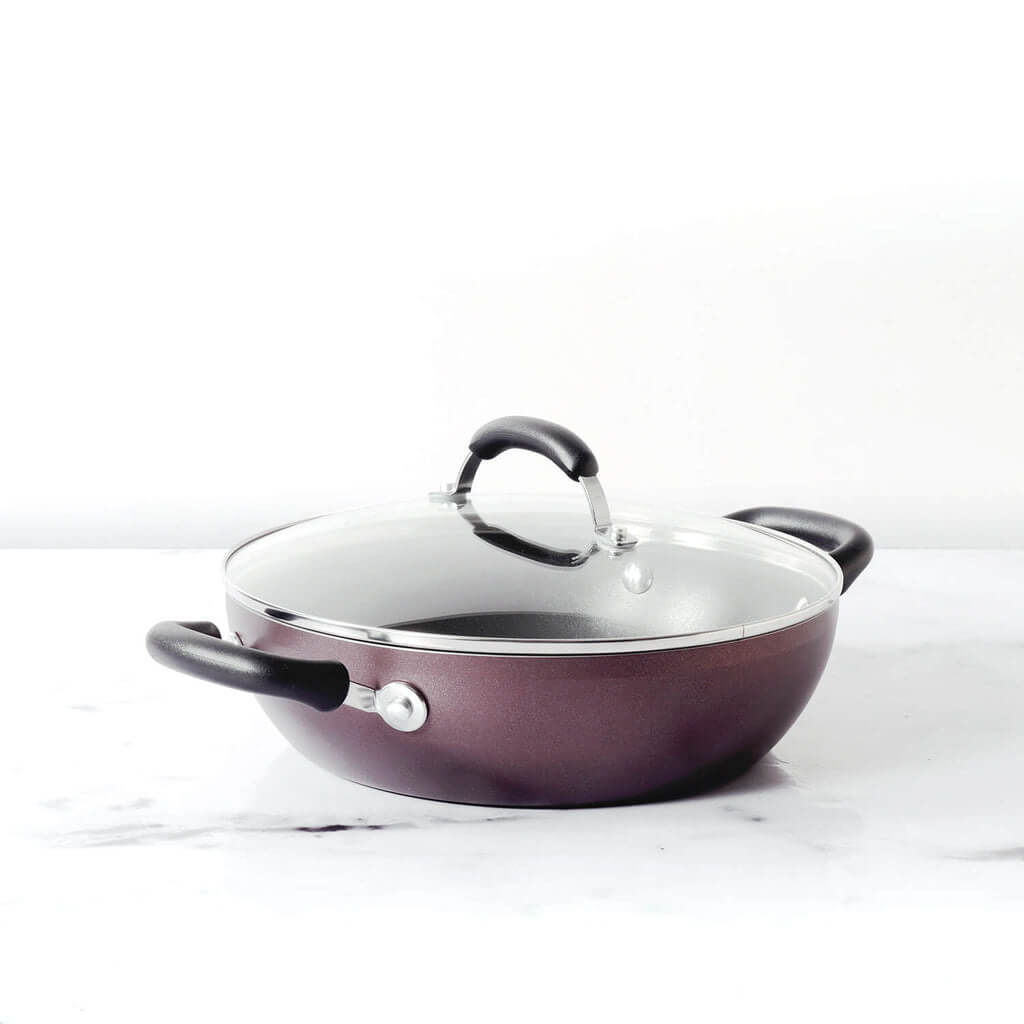




Leave a comment